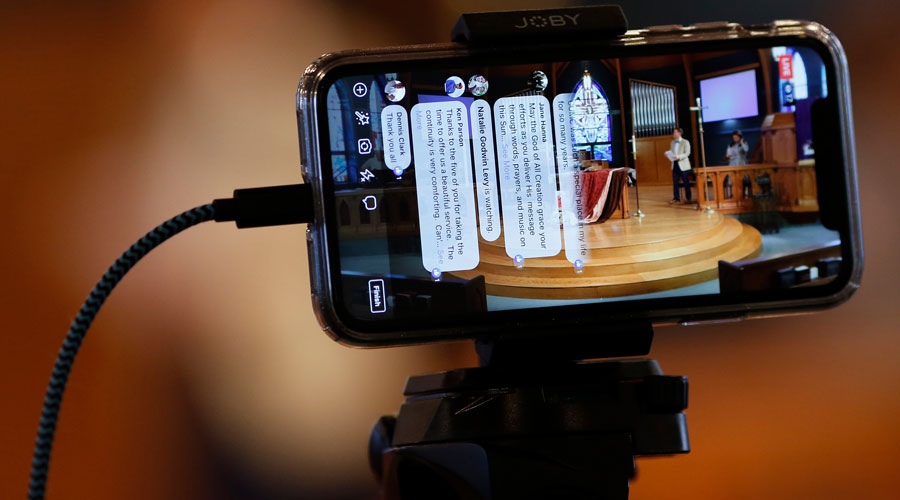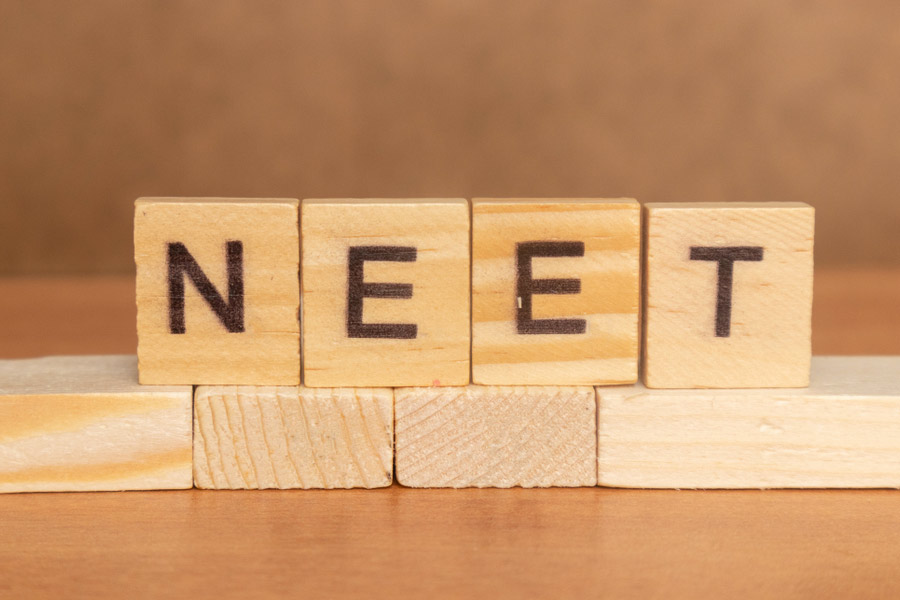The EU unveiled plans on Thursday to make USB-C connectors the standard charging port for all smartphones, tablets and other electronic devices sold across the bloc, an initiative it says will reduce environmental waste.
The move would mostly affect Apple products, which use a different port for its iPhones.
The new legislation is likely to come into effect in 2024 because it first needs to be approved by the European Parliament and then adopted by manufacturers. Besides phones, it would apply to cameras, headphones, portable speakers and video game consoles.
Wireless chargers wouldn’t be affected, but the main change would come for iPhones, which currently have a proprietary Lightning charging port.
“What are we offering? More freedom, fewer costs,” and less electronic waste, Thierry Breton, the European commissioner for trade, said in a news conference on Thursday.
The move would represent a long-awaited, yet aggressive step into product-making decisions by the European Commission, the bloc’s executive arm. Apple has long opposed the plan, arguing that it would stifle innovation and lead to more electronic waste as all chargers that are not USB-C would become obsolete.
Still, if the legislation is enacted as proposed by the European Commission, it would become illegal to sell an electronic device without a USB-C charging port. Apple would have to switch to USB-C for its products sold across the bloc, a commission official said, noting that it already sells new iPads with such charging ports. EU officials and lawmakers at the European Parliament have been advocating a common charger since 2009, when there were more than 30 charging options on the market, now down to three.
They have argued that fewer wires would be more convenient for users and better for the environment, as mobile phone chargers are estimated to be responsible for 11,000 tons of electronic waste per year across the bloc, according to estimates by the European Commission, the EU’s executive arm that presented the legislation on Thursday.
But Apple has also argued that if the EU had imposed a common charger in 2009, it would have restricted innovation that led to USB-C and Lightning connectors.
In a statement on Thursday, Apple said that although it welcomed the European Commission’s commitment to protecting the environment, it favoured a charger-side solution like USB-C that left the device-side of the charging interface open for innovation.
Breton said that he was familiar with Apple’s concerns. “Every time we try to put a proposal, such companies start to say, ‘It will be against innovation,’” he said.
New York Times News Service










